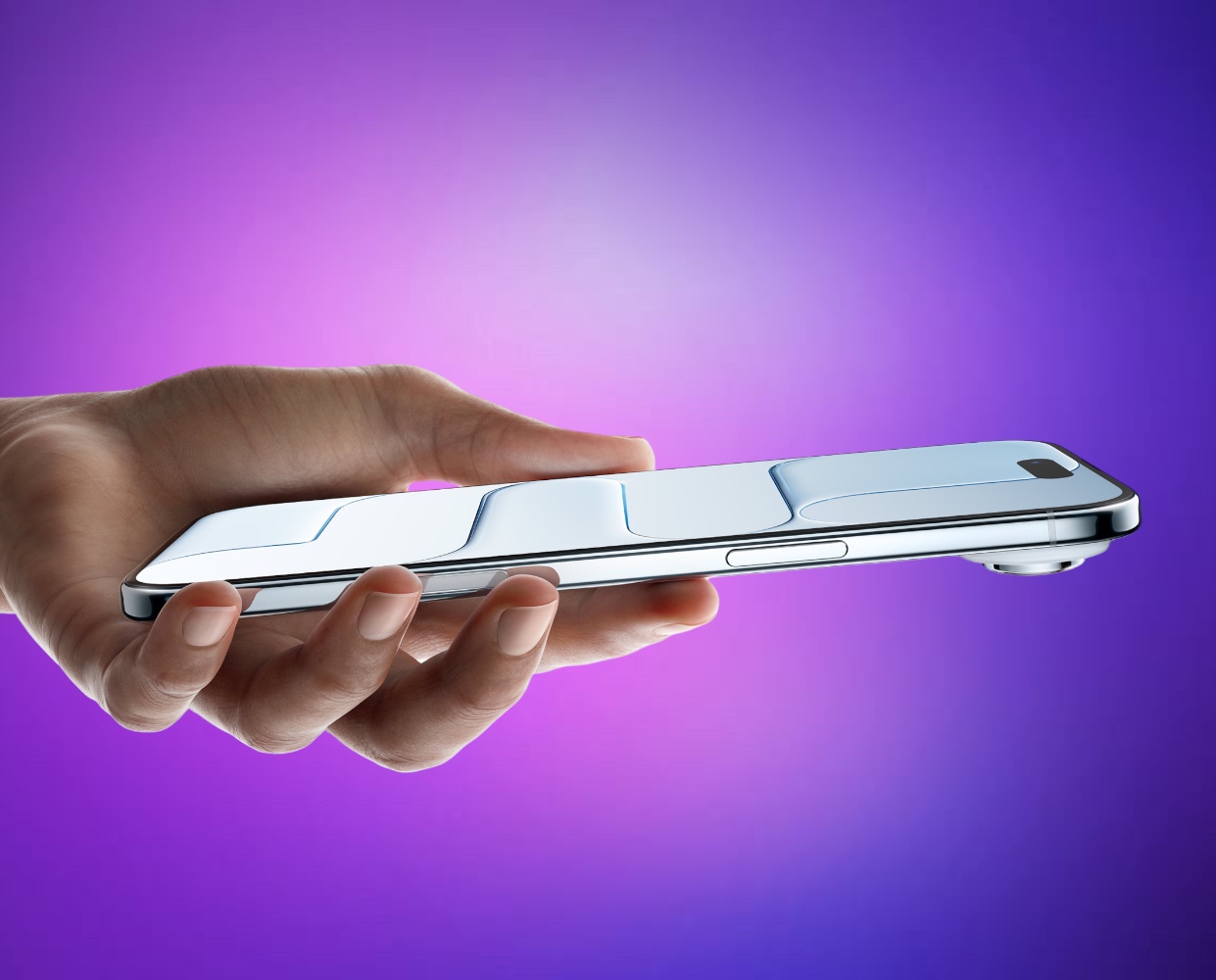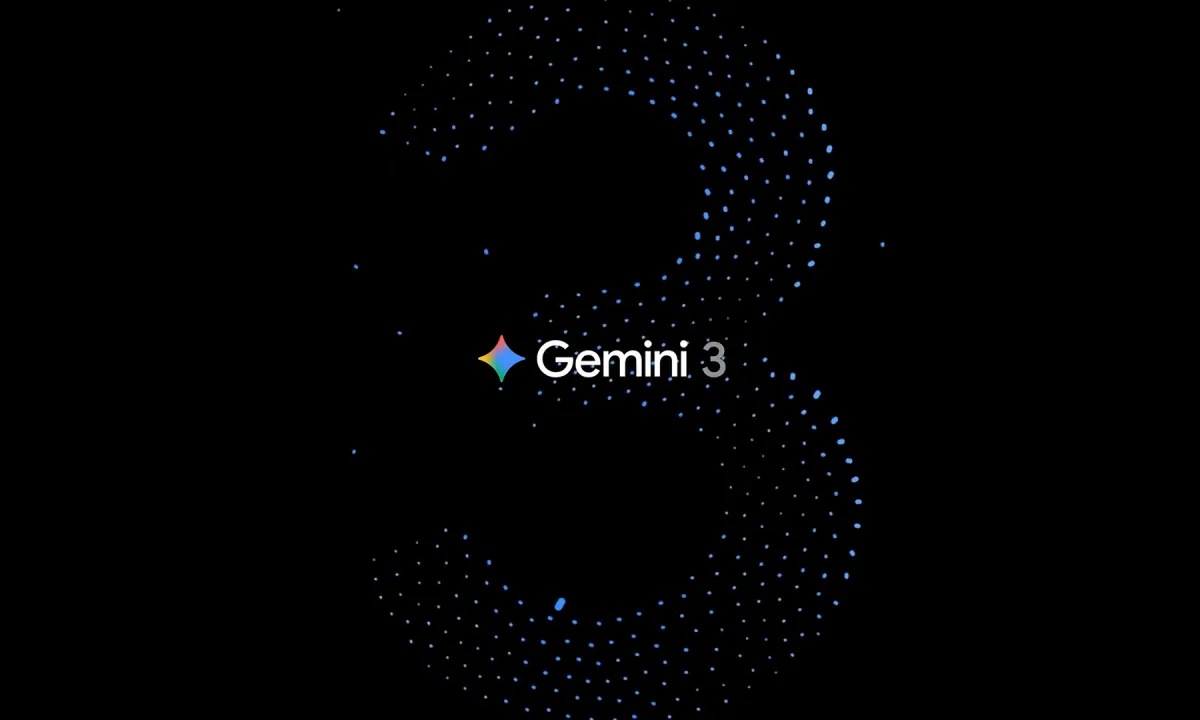Apple’s iPhone Air doesn’t try to outgun its siblings — it doesn’t even pretend to. Instead, it feels like a quiet course correction, the kind Apple occasionally makes when it remembers that not every piece of technology has to be overbuilt to be desirable. After three weeks with it, I’ve realized this is the first iPhone in years that I actually want to use — not just evaluate.
iPhone Air
On paper, the iPhone Air looks like a strange outlier. It’s thinner than any iPhone before it, yet it carries fewer specs, a smaller battery, and only one camera lens. The A19 Pro chip inside is technically “Pro,” but Apple throttled it for thermals, meaning it doesn’t benchmark anywhere near the iPhone 17 Pro. The battery is modest, the screen doesn’t break new records, and even the marketing is subdued. But none of that matters when you start living with it. The Air isn’t about chasing performance — it’s about rediscovering what a phone should feel like.
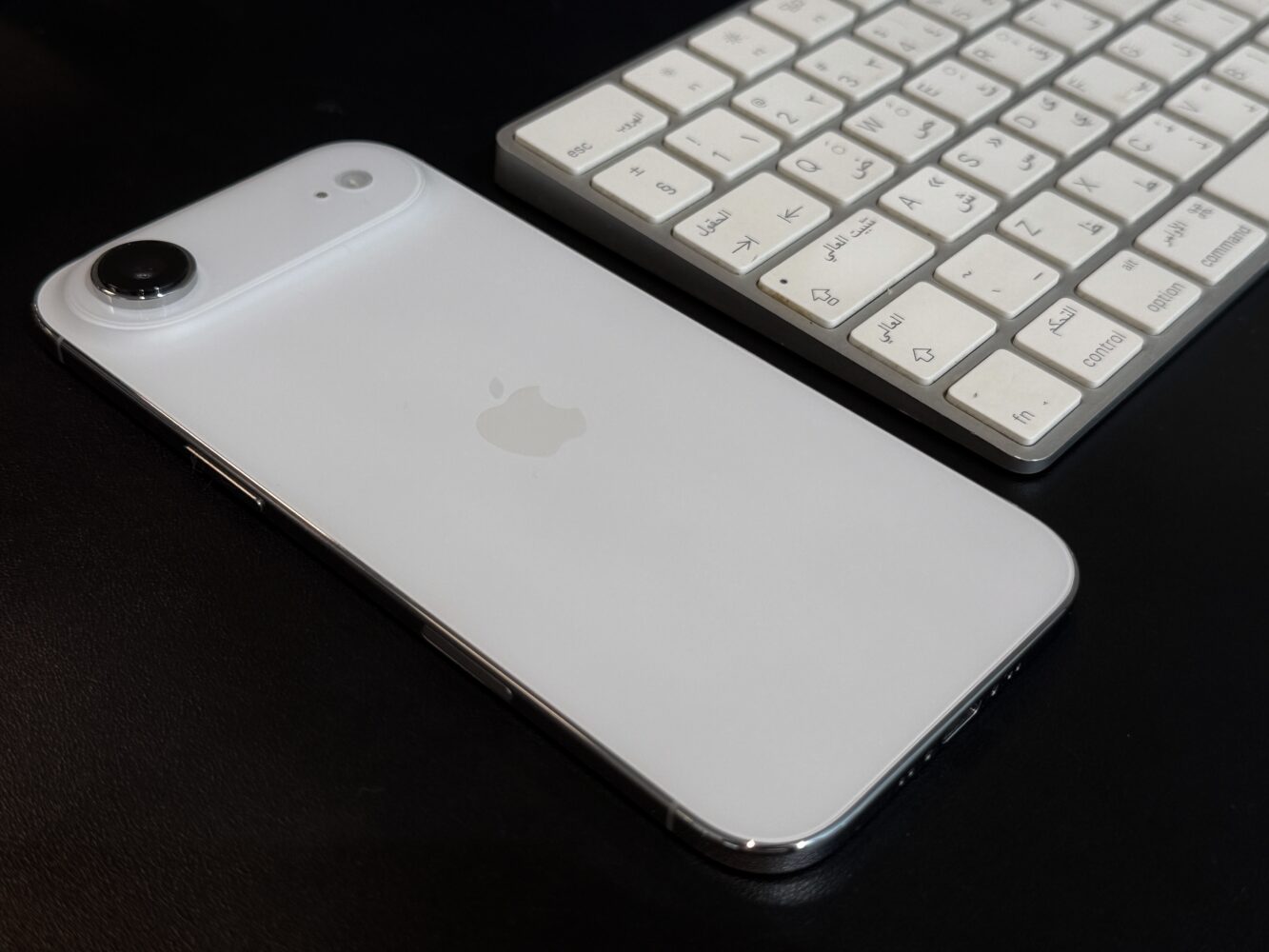
Using it reminds me of when the first iPhone launched — before Apple’s ecosystem became a high-speed train of incremental upgrades. Back then, the pitch was simple: a phone, an iPod, and an internet communicator in one. The iPhone Air revives that third pillar — the “internet communicator” — better than anything since. It’s a device built for those who spend their time reading, scrolling, messaging, and browsing rather than endlessly shooting photos or playing with AI filters. It’s light enough to forget you’re holding it, yet big enough to be immersive without being awkward.
The 6.5-inch display might be Apple’s best size decision in years. For those of us who find the iPhone 17 Pro Max a literal handful but the smaller iPhone 17 a bit cramped, the Air hits a rare balance. It’s the Goldilocks of iPhones — a size that makes sense ergonomically and visually. The thin profile amplifies that comfort; you don’t feel like you’re holding a slab of glass and battery anymore, but a precision instrument.
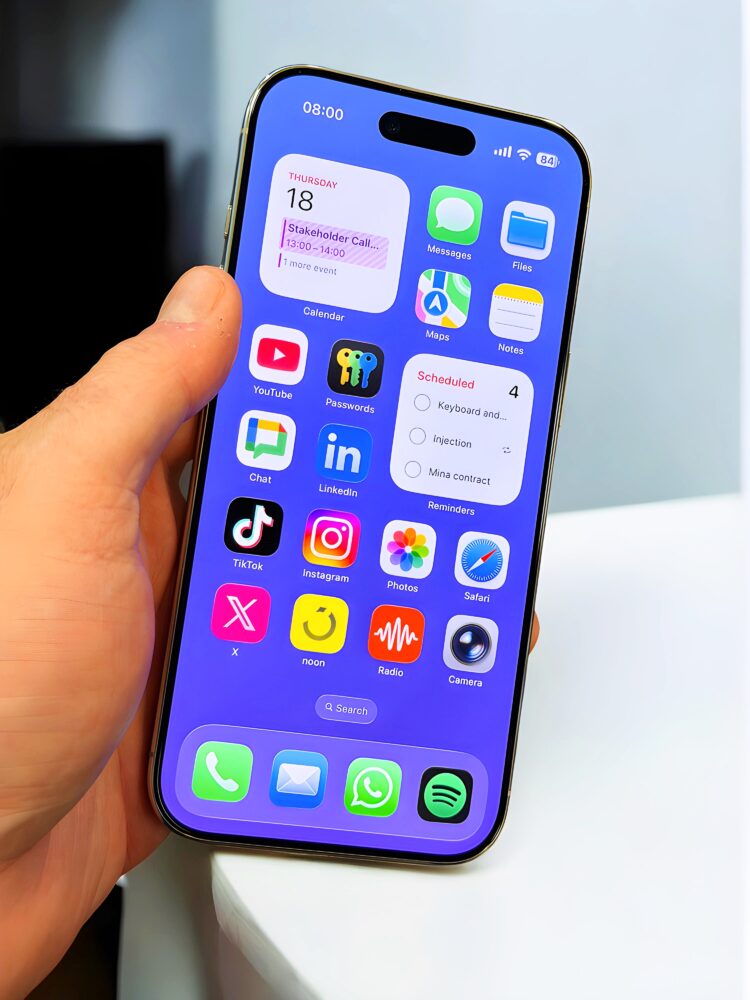
Yes, there are compromises. A single 48MP camera and no telephoto or ultrawide lens means creative flexibility takes a hit. The battery, the smallest in the lineup, won’t win endurance awards either. But these aren’t deal-breakers — they’re boundaries that define the Air’s personality. Without multiple camera sensors constantly running, power draw stays low. The phone feels cooler, smoother, and less frantic. Even the battery life, while not spectacular, holds up fine for real-world use — especially if you spend most of your day on Wi-Fi or in front of a laptop. Add Apple’s optional battery pack, and it becomes a reliable all-day companion.

The A19 Pro chip’s throttling sounds like a negative until you realize it’s exactly what makes the Air usable in such a thin chassis. The performance is still fluid — multitasking, editing photos, streaming video, even light gaming — all run without a hitch. Apple seems to have engineered the Air with deliberate restraint, emphasizing sustained performance over raw power spikes. It’s the kind of optimization you’d expect from a company that finally stopped trying to win spec sheet wars.
Design-wise, the iPhone Air is a statement — not one of excess, but of refinement. It feels engineered for people who value minimalism and comfort over maximalism. The flat edges and brushed aluminum finish are familiar, yet the reduced thickness changes everything about how it sits in your hand or pocket. You stop noticing it, which is the whole point.
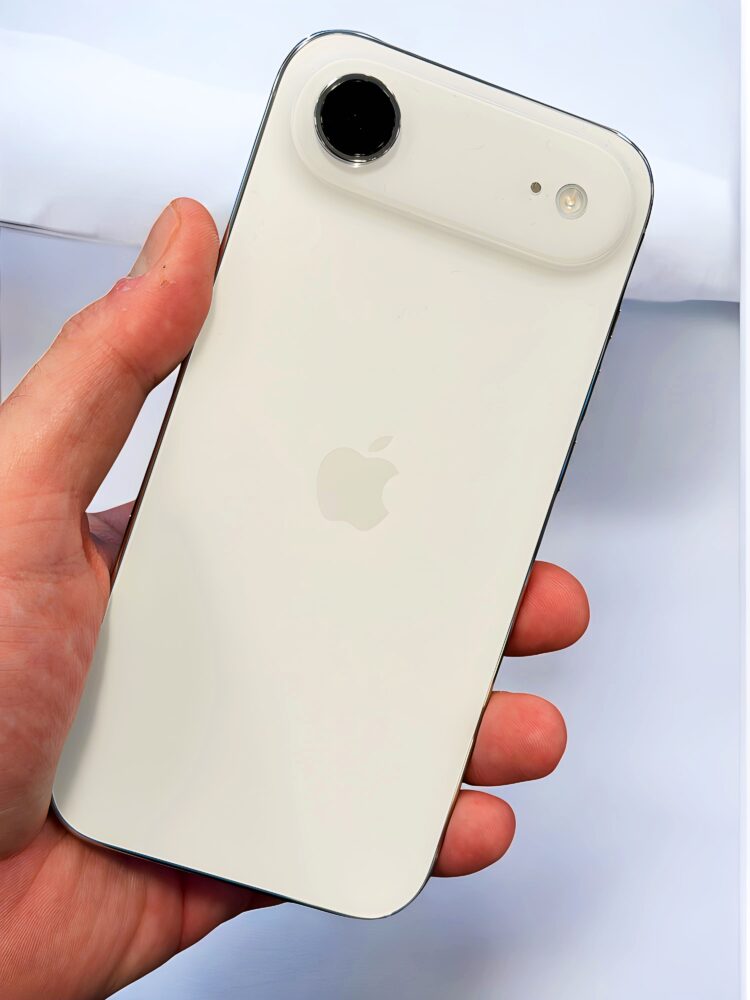
For a certain type of user — the ones who remember the original iPhone’s promise or still carry an iPod touch out of nostalgia — the Air feels like a return to roots. It’s the modern equivalent of Apple’s old “internet communicator,” but reimagined for the 2025 attention economy. It’s not built to impress with specs; it’s built to disappear into your daily routine until you realize it’s the phone you reach for when you actually want to use a phone.
That’s why I’m keeping it. Not because it’s the most advanced iPhone, but because it’s the first in a while that doesn’t make me think about technology while using it. It’s calm, efficient, tactile — the anti-Pro iPhone.
The iPhone Air may never outsell the iPhone 17 Pro, but it’s easily the most distinctive device Apple has made in years. It’s a reminder that simplicity can still be aspirational, and that thinner, lighter, and quieter can sometimes say more about progress than another camera or another teraflop ever could.

